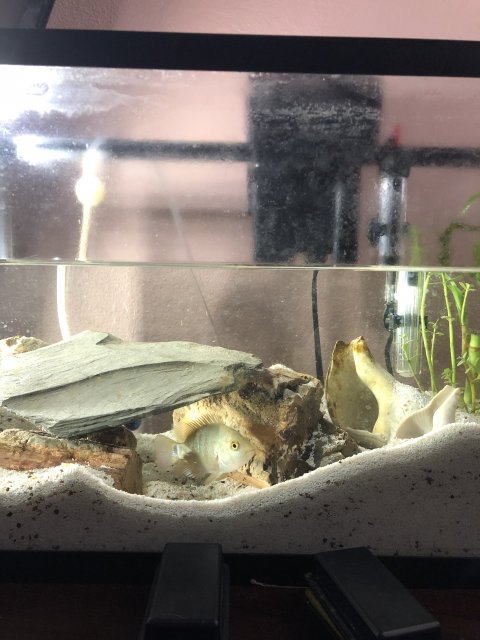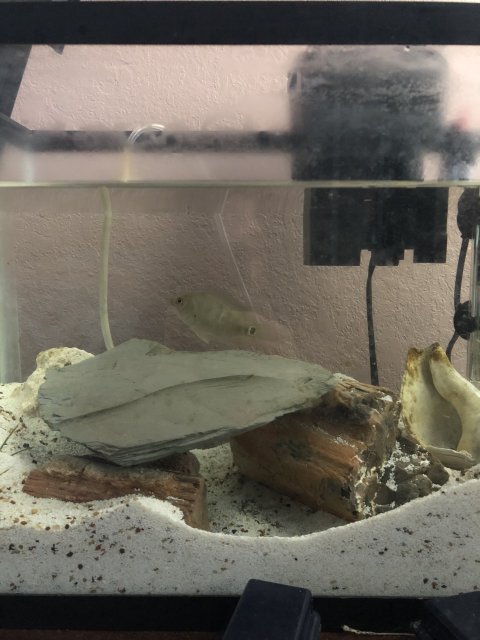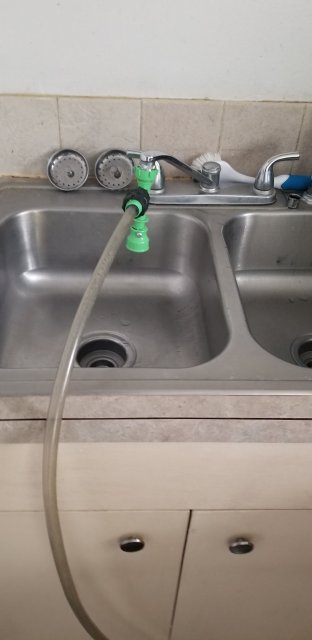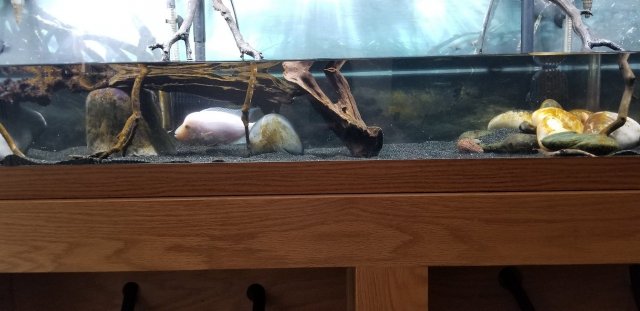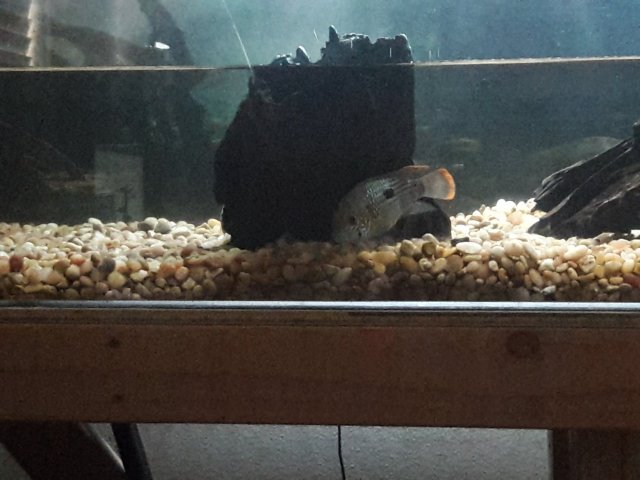The tank waters surface (air water interface) is a collection point for a lot of nasty stuff you may want to remove, although you might not notice it because of surface agitation from hang of back filters or air stones. Without surface agitation this stuff (lipids, and other surfactants) often shows up as a white film, which hinders gas exchange.
Kind of like the way petroleum products float on puddles in the road.
So it is sometimes a good idea to take water off the surface (skimmers do this automatically) and with a tiny tank like a 10 gal, removing water with a few gallon jugs is quick and easy.
Where I live, water is at times scarce, so I conserve whenever possible.
If I need to flush a toilet, I remove 2 to 4 gallon jugs of old tank water per flush.
If my garden needs watering, a number of gallons of old water change water are great for adding needing water, and nutrients like nitrate for plants.
During the night cane toads drop feces all over the patio, a few gallons of old fish water to wash it onto the grass works well
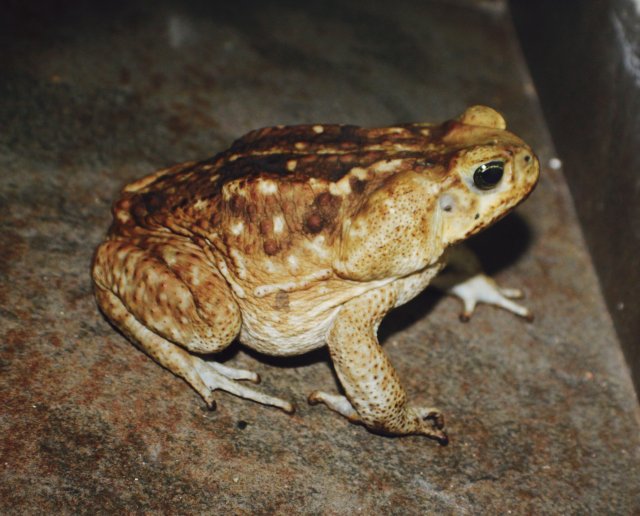
.
Along with the leaks in the tank caused by local earth quakes, my daily water changes are a breeze, and have multiple uses.


